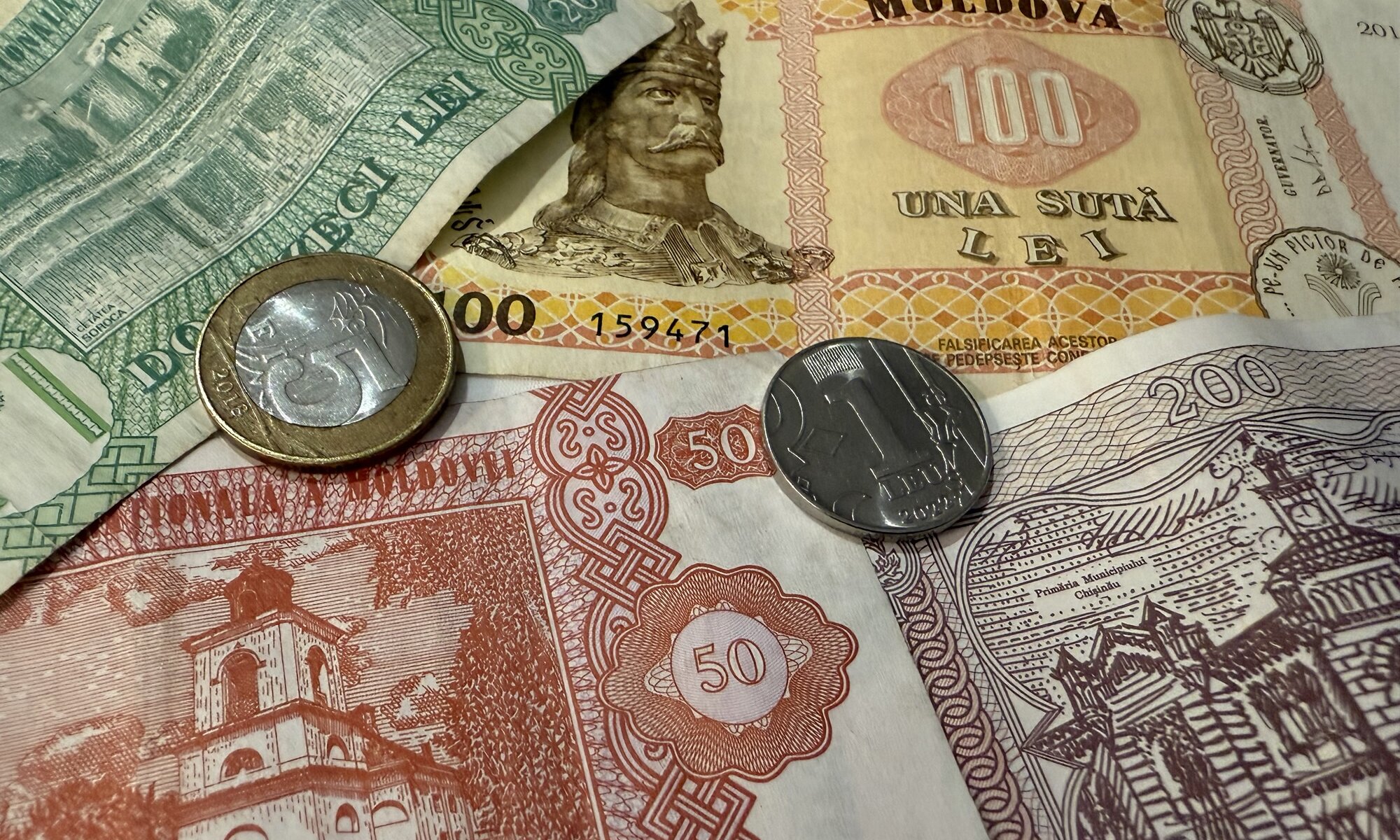The Moldovan leu is the official currency of the Republic of Moldova, introduced on November 29, 1993, following the country’s declaration of independence from the Soviet Union. Before the leu, Moldova used a temporary currency called the cupon, which replaced the Soviet ruble for a short period. The introduction of the leu marked a significant step in Moldova’s transition to a market economy and the establishment of its independent monetary policy.
In terms of style, Moldovan leu banknotes are notable for featuring Ștefan cel Mare (Stephen the Great), a historical ruler of Moldavia, on all denominations. The currency uses the symbol ‘L’ and is subdivided into 100 bani. Modern Moldovan banknotes incorporate advanced security features such as intaglio printing, watermarks, and security threads to prevent counterfeiting. Coins are minted in several denominations, and most are produced by the State Mint of Romania.
The Moldovan leu shares its name with the Romanian leu due to their common historical and linguistic roots. The word ‘leu’ means ‘lion’ in Romanian and is derived from the Dutch leeuwendaalder (‘lion thaler’), a coin that circulated widely in the region centuries ago. Both Moldova and Romania have a shared history and cultural ties, including periods when Moldova was part of Romania, which further explains the use of the same currency name in both countries. I got some leu (in exchange for Euros) at the airport to be able to pay the taxi. But nearly everywhere you can pay by credit card – with some museums and street bars as an exception.
Moldovan leu
Moldova
Loading map...


